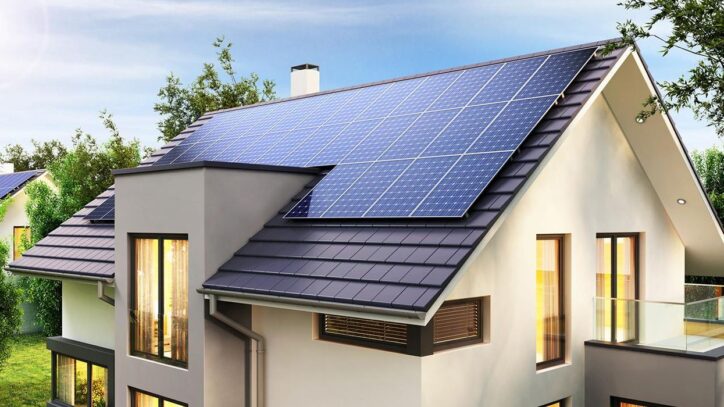
When deciding to install solar panels at home, a lot of questions pop into the head. Questions like how many solar panels do I need for my house? How many solar panels are enough for an average house? Do the number of solar panels depend upon the size of the house? Will the amount of sun exposure affect the number of solar panels I need? And most importantly, how many solar panels will be sufficient to fulfill my energy requirements? In order to calculate the number of solar panels you need, there are a lot of things that you need to consider, some of which are the size of the house, the amount of energy you need and the amount of sunlight your house gets, among other things.
In this article we talk about all of the things that are important to help you calculate how many solar panels your house needs. We will discuss about the:-
- How many solar panels does an average sized house need?
- How many solar panels are required on the basis of the size of the house?
- How does sunlight exposure to the roof affect the number of solar panels you need?
- How many solar panels would you need depending upon your energy consumption?
- How much solar energy is required to run home appliances?
We will also talk about the efficiency and the size of solar panels and how it affects the number of solar panels required for you. And finally we will help you calculate the number of solar panels using a solar panel calculator formula. So, hang on, tight for this information loaded ride!
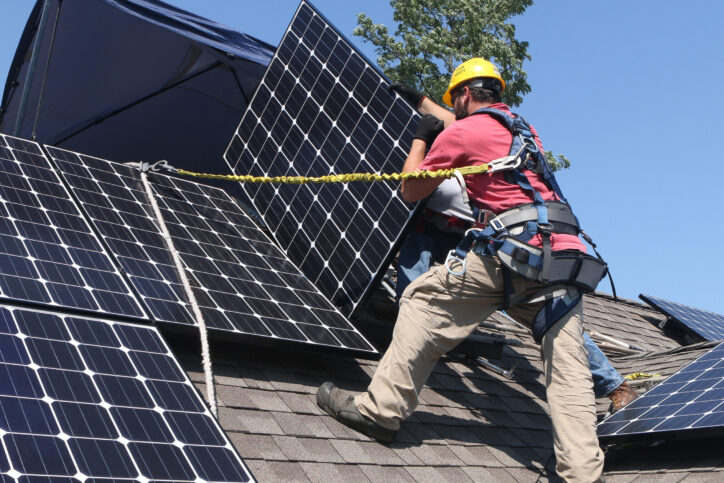
Since you are looking for the number of solar panels you would need, we can safely assume that you are aware of how solar panels work. Solar panels work on the photovoltaic effect, converting solar radiation directly into electricity ,direct current, with the help of electrons. The direct current is then converted into alternating current using an inverter. This alternating current is then power to your house which then runs your appliances. This means that the more solar panels you have or the more sunlight you get, the more electricity you will be able to produce.
How many solar panels does an average house need?
A house in the USA is sized between 1500 square feet to 2,000 square feet. The electricity bills for the house would typically range between $100 – $150 per month. A house this size would be able to support a solar panel module that is capable of producing 4,000 watts. Considering all of these things, we can say that an average house in the USA would require about 12 to 18 solar panels. However, there is still a lot that we have not factored into while making this prediction. Let us look at all the factors that are important so that you can easily answer the question: ‘how many solar panels do I need for my house’
How many solar panels do I need depending on my energy consumption?
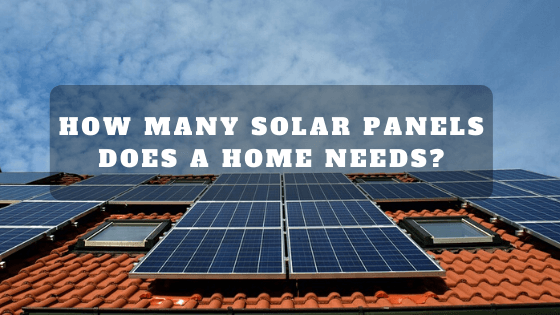
The first step to determining the number of solar panels you need, you have to first calculate your energy consumption because that will give you an estimate about the number of solar panels required. To estimate your energy consumption, you should look at your past utility bills, the utility bills of the last 12 months should give you an understanding of how much electricity you consume on an average. Many people who switch to solar panels for their homes, require the solar panels to produce electricity more than or at least equal to their current electric consumption so that they do not have to pay extra even if they go with a grid-tied solar system
Why is it important to calculate the electricity consumption? It is important because it gives you an estimated target electricity bill that you have to beat with your solar panel electricity generation. Ideally speaking, the more solar panels that you install on your roof, the more solar power you would be able to produce, however, having a number gives you a better understanding of it all. You will get a number for the amount of electricity you need every month and based on that you can decide the number of solar panels. Let us say your house uses 12 kW of electricity per year and you wish to be a 100% solar dependent. In this case you solar system should be able to produce that much energy in a year. So the number of solar panels will be determined by the usage.
Since the electricity consumption differs over the seasons, you should not just go by the last month’s utility bill, rather look at the trend over the year. That said, the utility bill for even one month can give you a ballpark estimate. Number of members in the house also affects the electricity consumption, the more the members, the more will be the consumption, thus you would require more solar panels.
To calculate how many solar panels you need for your house, you can multiply the hourly energy requirement of your house by the peak sunlight hours in your area and divide that number by the wattage of a solar panel. So as you can see, the energy requirement alone is not a determining factor, the efficiency of the solar panel, the amount of sunlight your house gets as well as the area that you have for the solar panels also weigh in the calculations.
How do I calculate my energy consumption from my utility bills?
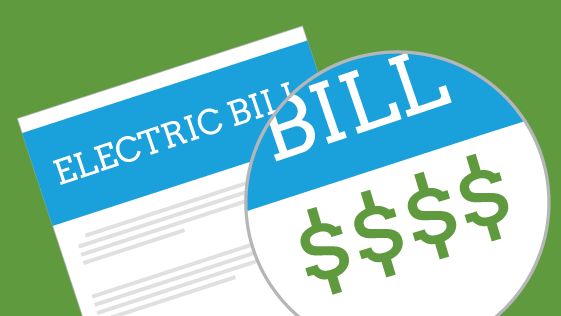
If you are trying to estimate your energy consumption, you can refer to your electricity bill. You would need to find the kilowatt hours, which means the amount of power you are using at any given time multiplied by the total time the power is being used for.
On the utility bills there would be a criteria mentioned as ‘Kilowatt hours (kWh) used’ you could simply note the length of time represented, usually the same as the number of days in the billing cycle. Another way to calculate the kWh used is to note the meter reading at the beginning of the billing cycle and then at the end of it. You will get your energy consumption on the basis of kilowatt hours used by subtracting the most recent reading with the reading it displayed at the beginning of the month.
Since we need an hourly usage for calculations, if the bill does not show that, you could easily calculate it by dividing the monthly usage by 30 (or yearly usage by 365) and then again dividing it by 24. This will give you an hourly usage for your house on the basis of kW.
Since the weather also influences the electricity consumption, houses in temperate climates would require less electricity as compared to houses in the south. A small house in the temperate climate would require about 200 kWh of electricity per month, on the other hand, a house in the south, for which the air conditioning covers the major part of the bill, the average electricity usage would be about 2,000kWh. On average, a house in the USA uses 900kWh of electricity every month. To reduce this to per hour usage, we just divide the number by 30, which gives us 30 kWh and then we divide that with 24, so we get 1.25 kWh per hour.
Your solar panel needs to produce at least 30 kWh of electricity every day if you wish for the solar panels to reduce your electricity bills.
How much solar energy do my home appliances need?
Just knowing your energy consumption is not enough, a more helpful thing is to know where the electricity is being used. What can be cut down upon, and what is absolutely essential. Knowing which house appliances require how much electricity can help you calculate the solar panels you need as well as optimise on usage to reduce your electricity bills.
Some of the house appliances that require the most electricity are:
- Heating System
- Cooling System
- Water Heater
- Dehumidifier
- Refrigerator
For most electrical appliances, the most important factor when it comes to electricity consumption is the frequency of usage. The frequency at which the appliances are used will have a huge impact on the electricity consumption. For example, how many times during a week do you wash clothes in the machine, do you keep your house air conditioned throughout the year? How long does the water heater run? Answering questions like these will help you estimate your electricity and optimise on the usage.
Once you review the Kwh electricity of the different home appliances and products, you can smartly install certain add-ons to reduce your spending’s on energy usage, and also have a n impact on the total number of solar panels you would need.
A lot of homeowners usually install more solar panels later depending upon their use. However, it is better to size the solar system accurately as much as possible based upon your expected purchases like electric vehicles, swimming pools or central air systems.if you are aware of the individual electricity consumption of your appliances you can make an even more accurate estimate of the number of solar panels you would need.
How does sunlight exposure affect the number of solar panels I need?
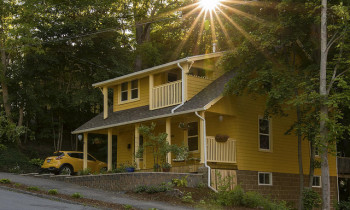
Another important factor that determines the number of solar panels you need for your house is the amount of sunlight that your house receives. Sun exposure can also be influenced by the direction of your house, whether or not there are any trees around your house, the average sunlight that is received in your area and so on.
The amount of sunlight that your house would get is usually calculated in terms of ‘peak sun hours’. Peak sun hours refer to the amount of sunlight that your neighborhood receives. This will have a huge impact on the number of solar panels you would require. Sunny areas like Phoenix will have more peak sun hours as compared to a city like Seattle. Consequently the number of solar panels that a homeowner in Phoenix would require will be less than the number of solar panels required by the homeowner in Seattle.
The peak sun hours are different for the different states of the USA. For a state like Arizona, the peak sun hours can go as high as 8 hours a day, while in a state like Washington it can be as less as 2 hours per day. In order to go solar, ideally you would need about four hours of peak sunlight.
Macro level factors like climate and weather affect the peak sun hours, at the same time micro level factors like the roof orientation, the shade that you get etc. also have an impact on it.
You can easily find the average number of daily peak sun hours that your state gets. Once you have that number you can simply multiply it by 30 to get a monthly number for the peak sun hours. The monthly peak sun hours would let you know how many kWh of electricity 1 kW of solar panels would produce in your area in a day. Suppose your state receives 5 hours of peak sun every day, that would make it 150 peak sun hours every month. Thus 1 kW of solar would produce 150 KWh of electricity per month.
What affects solar panel output efficiency?
Another factor that affects the number of solar panels required is the efficiency of a solar panel. This entails how well a solar panel is able to convert sunlight into energy. Not all solar panels are equally efficient. Solar panels differ on the basis of wattage, between 150 watts and 370 watts. Per panel. This also depends upon the size of the panel as well as the cell technology.
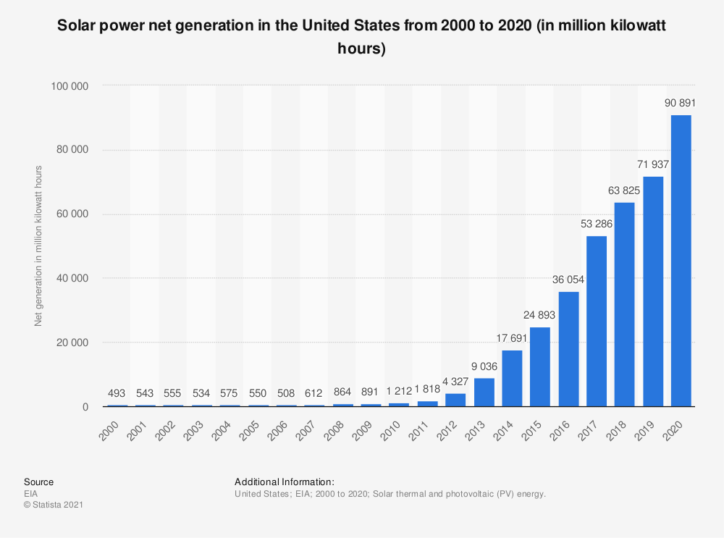
Solar cells which have no grid lines on the front are able to absorb more sunlight and thus are more efficient than the conventional solar cells. Another handy trick is to install a micro inverter on each panel rather than one large inverter for the whole array. The micro-inverter can optimise the power conversion at the source
Because of the variations in the efficiency of the solar panels, it might become a little difficult to give you a definite number of panels you would need for the house. However, the thing you need to remember is that higher the efficiency of the panel the more will be the wattage produced by them and consequently the less number of solar panels will be needed for your house. A conventional solar panel can produce as much as 250 watts of electricity per panel on average.
An average U.S. home in Dallas, Texas, would need about 25 conventional (250 W) solar panels. But only 17 solar panels of 370 W each.
What is the effect of solar panel size?

How much area do you have on your roof for the installation of solar panels? Depending upon the area on your roof that is available for solar panel installation, you can choose the size of solar panels you get installed. If the size of the roof is small or the roof is irregularly shaped, you need to have the appropriately sized solar panel. If your roof has a large area that will be installed with solar panels, you can get larger solar panels at lower cost per panel, and reach your required energy consumption. However, in case of a roof that is irregularly shaped and/or small, you would have to work with smaller solar panels, which are more efficient and perhaps more costly, in order to reach the same amount of energy production. However, both the systems will help you save money in the long run.
Solar panel dimensions
In the case of residential solar panels, the dimensions of the solar panels have remained more or less unchanged. They typically measure 65 inches by 39 inches or 5.4 feet by 3.25 feet. There may be slight variation among the solar panels produced by different manufacturers. While the dimensions have remained the same over the years. There has been significant improvement in terms of efficiency and output from the same size of the solar panel.
Solar panel Calculator
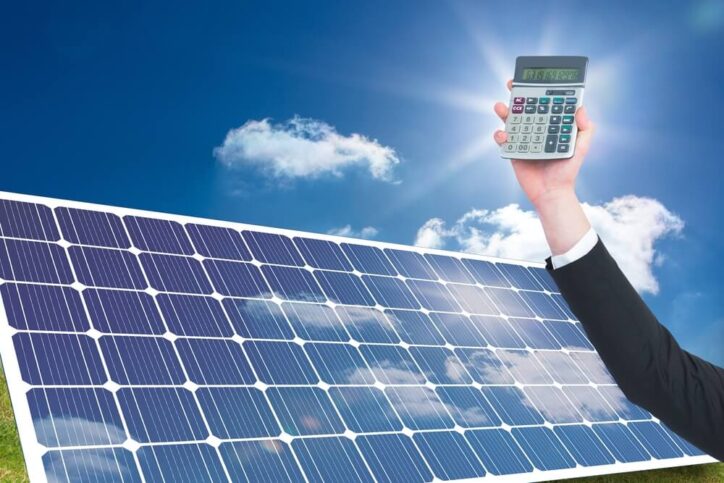
There are two formulas you can use to calculate the number of solar panels you would need for your house.
- kWh per Month / (Daily Sunlight Average in Your State x 30) = kW Solar System you need
(number of watts of the system you need/ watts one solar panel produces = number of solar panel you need) - Number of panels = system size / production ratio / panel wattage
Let us quickly go over the different elements of these formulas. We have already discussed what monthly Kwh consumption means. According to the united states’ energy information administration, an average american household uses 10,649 kWh of electricity annually (we are going to use this number at the ideal solar panel system size in the second formula) the national average monthly kWh usage in USA is 914 kWh (we will use this number in the first formula)
We have also discussed solar panel wattage when we discussed the efficiency of the solar panels. We know that most solar panels range between 250-400 watts of power. For our calculations we will use 320 watts as the average watt of a solar panel.
The production ratio of solar panel systems is the ratio of the energy output of a solar panel system over a period of time, to the actual system size (from kWh to W) the production ratio might change depending upon the amount of sunlight you get. To understand this better let us take an example of a 10 Kw system that is able to produce 14 kWh of electricity annually. This system has a production ratio of 1.4. In the USA, the production ratio averages between 1.3 to 1.6.
Now to calculate the number of solar panels:-
- kWh per Month / (Daily Sunlight Average in Your State x 30) = kW Solar System you need
(number of watts of the system you need/ watts one solar panel produces = number of solar panel you need)
We will take the national average for monthly kilowatt/hour use as 914 kWh, let us take the daily peak sun hours of North Carolina, which is 4.71 (multiply it by 30 to get the monthly hours) to get an idea of the solar system that we would require.
914 / (4.71 x 30) = 6.5 kW solar system
Since 1 kW = 1000 W our solar panel system needs to be able to generate 6,500 W of electricity. Considering that a single solar panel can produce up to 320 W of electricity, we would require 21 solar panels to meet our requirements.
- Number of panels = system size / production ratio / panel wattage
Number of panels = 10,649 kW / 1.3 or 1.6 / 320 W
This gives us about 20 panels for a production ratio of 1.6 and 25 panels for production ratio of 1.3.
How Much Does a Solar Installation Cost?
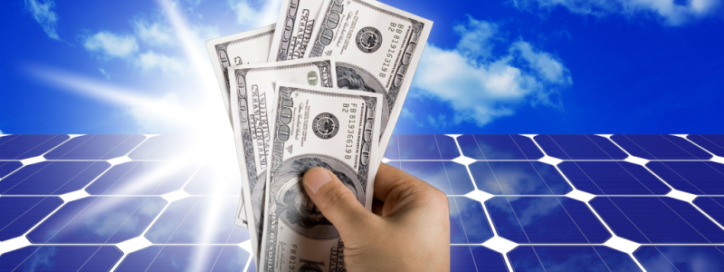
The cost of solar panel installation depends upon the solar company you hire for the installation. On average the cost runs somewhere between $ 15 k to $ 30k.
However, a number of incentives and financing options are also available that the customers can avail to make the process more economical. There are also a number of tax benefits for installing solar panels. Considering the tax benefits as well as the additional advantages of solar panels the cost seems highly reasonable.
To put a number on it, an average house in the USA, which is 1,500 square feet in area, uses around 6 kW solar panel system. The total cost for solar panel installation on this house would be $ 18,000. The local solar companies in your area would be able to give you an estimate of the cost of solar panel installation that you would have to pay for your house.
Although the initial investment in solar seems to be quite hefty, in the long run the benefits of solar panels far outweigh the cost. According to the Department of Energy in the USA, the solar panels have a payback period of 10 years while they are sure to last you for 30 years. Once your initial investment cost is recovered, you would still have clean solar powered electricity for free for 20 more years. That seems like a bargain anyone would find hard to refuse.
Moreover, even if it turns out that you require more solar panels than you initially installed, you would have federal and state rebates and solar tax credits to help you save on your solar power system.
All in all solar panels are a great investment especially for homeowners.
